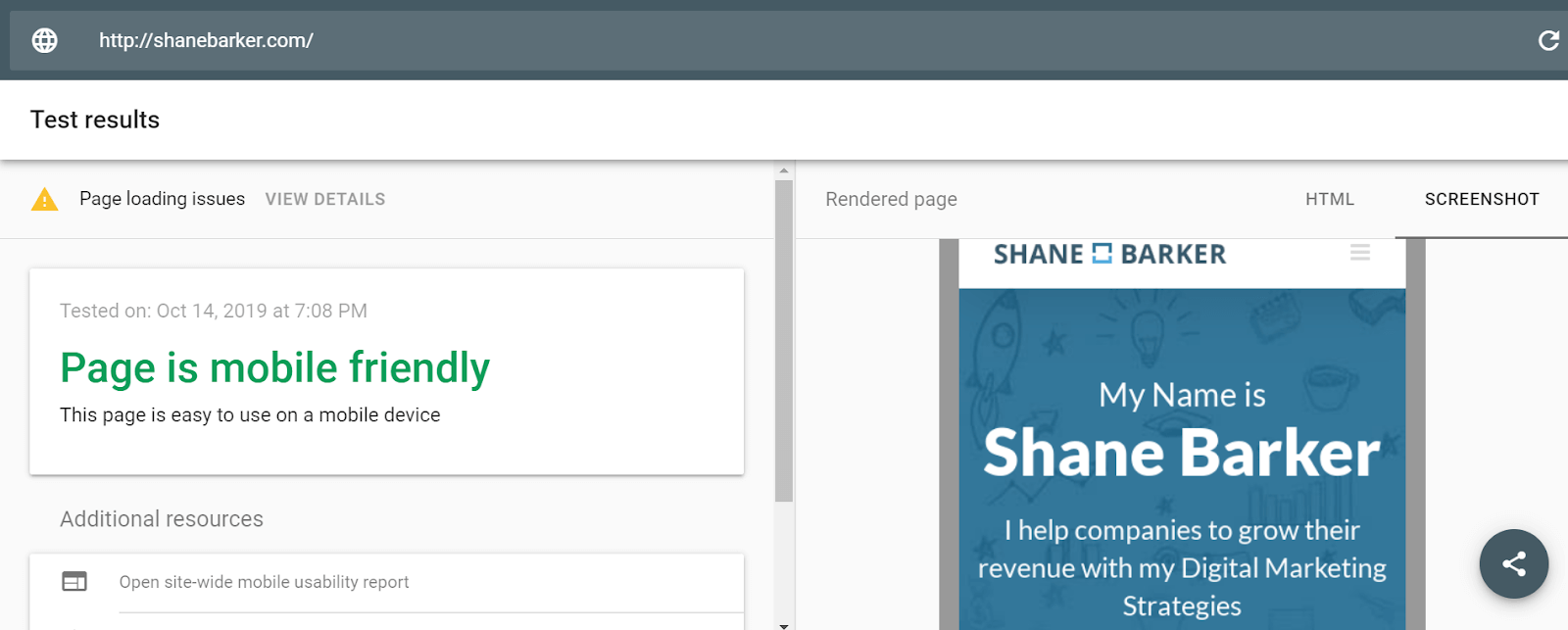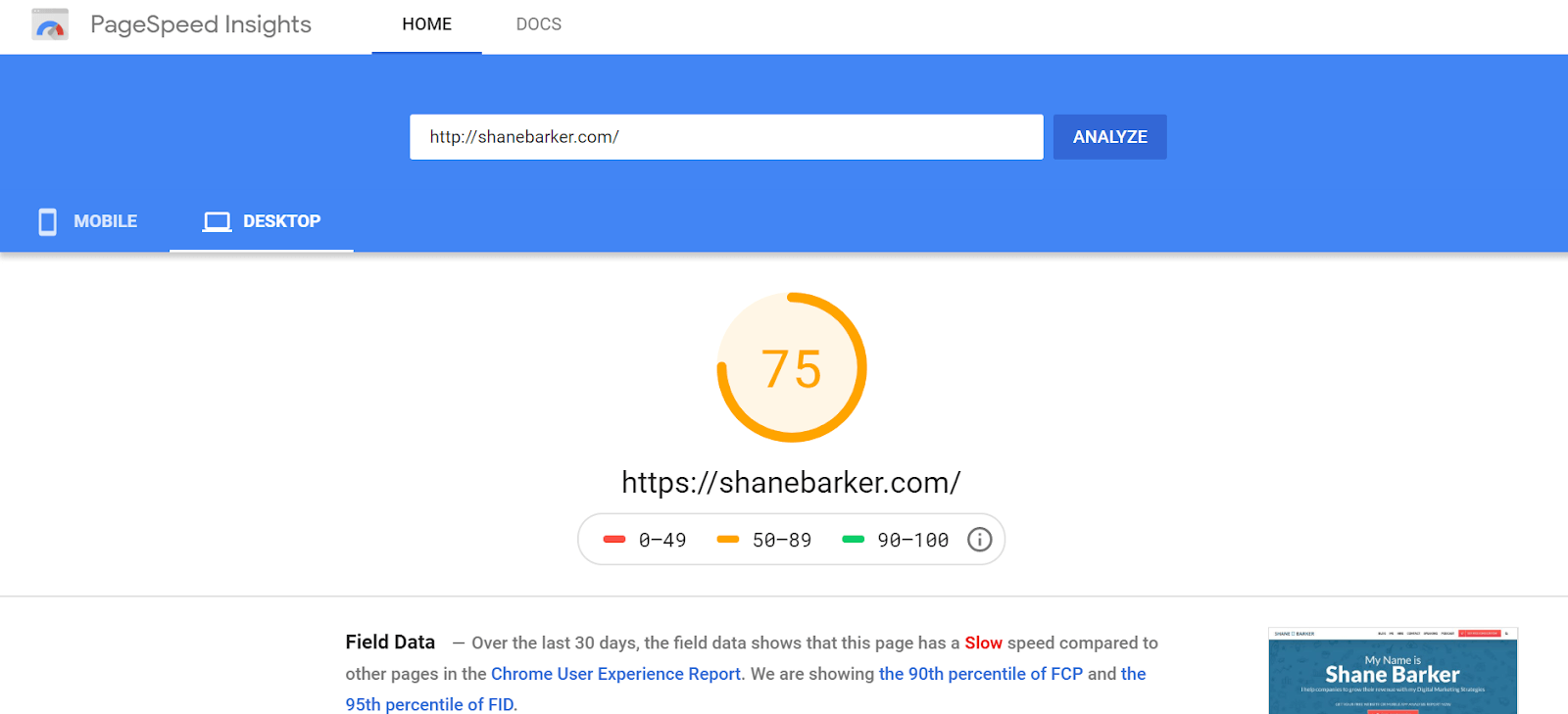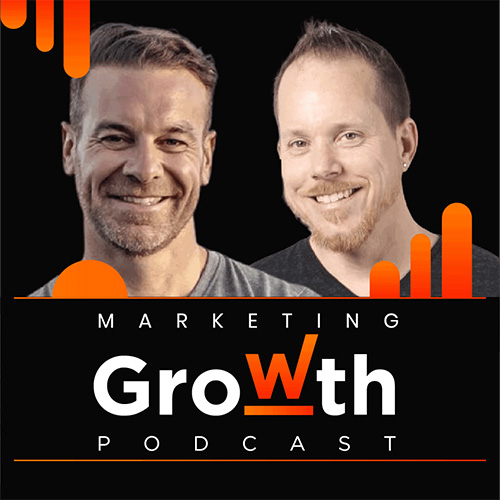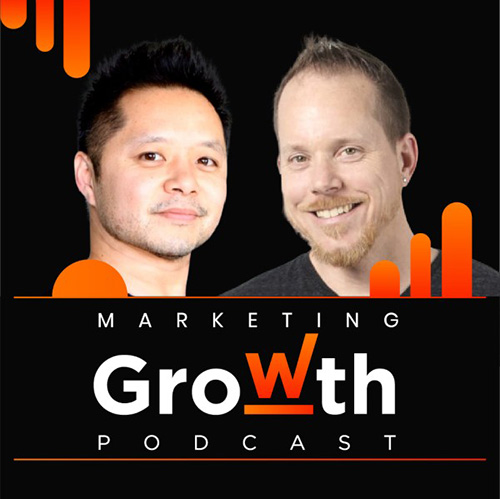In a time when everyone heads to a search engine to find what they are looking for, it’s crucial for brands to invest in SEO. Google holds a market share of about 75% in the search engine market, and it’s thus essential for businesses to rank well in Google.
However, figuring out the secrets to ranking higher in search results is not an easy task. To make this simpler for you, I’ve got the SEO Mozart, Rand Fishkin, with me. He’s the co-founder of Moz and has also recently co-founded SparkToro. He’s here to share his expertise in SEO to help you understand it better.
Now, let’s try to find out how you can reach the coveted #1 spot on the Google’s SERPs.
1. Figure Out Your Target Audience
To get your SEO right, it’s critical to figure out your target audience. This is because all of your marketing efforts need to be focused on this group of people who might become your customers. You need to get to know them based on their demographics, geographics, and psychographics.
Find out their pain points and interests. All of your marketing and content should be centered around these topics so that it can help pull your target customers to you. The content that you create should be of interest to them or it should solve some of their issues. Only then will they find it helpful.
When they find your content relevant, they’ll be more interested in reading it. This, in turn, will help improve your site metrics such as bounce rate, time on site, and pages per session. These will help improve your SEO.
However, along with your target audience, Rand recommends writing for personalities who can influence your audience too. These are the people who’ll be able to project your brand positively and market it without any additional effort from your end.
Your goal should thus be to find these influential personalities who have followers from your target audience. Find out their interests and pain points and write about them. This will help you reach a wider audience and improve your SEO too.
2. Prepare an SEO Strategy
Just like any other form of marketing, it’s crucial to have an SEO strategy that can help you plan your marketing activities. This strategy should include all of the steps that you need to take to ensure that your website follows the SEO best practices.
It must have your plans for on-page, off-page, and technical SEO. In addition, it should be well-documented to ensure that all of your employees have access to it. This will help align everyone’s efforts to get your website to the desired #1 ranking in the SERPs.
3. Optimize For Mobiles
Nearly 49% of all web traffic comes from mobiles, and this makes it essential for you to optimize your website for them as well. If your website isn’t attractive and easy to browse on smartphones, you’ll lose out on nearly 50% of all of your traffic.
In addition, Google uses mobile-first indexing. So, if your website isn’t well-optimized for mobiles, it can be nearly impossible to reach the #1 ranking on the SERPs. This is why you must design your websites to enable a smooth browsing experience for mobile users. You must create a responsive design that can fit well on any screen size.
To check if your website is well-designed for mobiles and is responsive, you can use the Google Mobile-Friendly Test. This tool will check if your website is mobile-friendly or not.
Image via Google Mobile-Friendly Test
4. Page Loading Speed
Nobody likes to wait too long for a page to load. This is why optimizing your page loading speed is of the utmost importance. You must ensure that your website loads as quickly as possible on all devices.
This especially matters for mobiles as data speeds may be slower at some points, and this may affect your page loading speed too.
You should minify your JavaScripts, CSS, and HTML files. In addition, if your website has media (which it most likely will), you must optimize the media files. This is because these files typically take up a lot more data than text. Your goal should be to keep the file size as small as possible without compromising on the quality.
The web hosting plan that you choose will also affect your page loading speed. If you’ve got a limited budget, you may select a shared hosting plan, but that may give you lower loading speeds. A cloud hosting plan will ensure that your website loads quickly and doesn’t have a lot of downtime.
To check your page loading speed, you can use Google PageSpeed Insights. This tool will shed light on your page loading speeds for both desktops and mobiles. In addition, it’ll suggest changes that you can make to improve your speed as well.
Image via Google PageSpeed Insights
5. Optimize For Voice Search
Nearly 35.6 million Americans used voice search devices at-least once a month in 2017. This was an increase of 128.9 percent as compared to 2016. This shows a clear trend shifting towards voice searches.
It’s thus crucial for websites to be optimized for voice searches. As the voice search technology becomes more common, you’ll need to rank for natural phrasing rather than unnatural-looking keywords.
For instance, text searches may look like, “best web hosting blogs.” On the other hand, a voice search may be more comprehensive and could be something like, “What are the most popular web hosting blogs?”
You need to optimize for the second search phrase, and that means that you’ll need to get your long-tail keywords right.
Final Thoughts
To reach the coveted #1 spot on the Google SERPs, you must put consistent effort into building your SEO. Get your target audience right and find those who can influence it as well.
Develop your website to load smoothly and quickly on both desktops and smartphones. Make sure that it’s responsive too.
You should also optimize for voice searches. Document all of this in your SEO strategy to ensure that your team follows through with it.
What are the other ways you can reach the #1 position on Google? Let me know in the comments.

Shane Barker is a digital marketing consultant who specializes in influencer marketing, product launches, sales funnels, targeted traffic, and website conversions. He has consulted with Fortune 500 companies, influencers with digital products, and a number of A-List celebrities.









